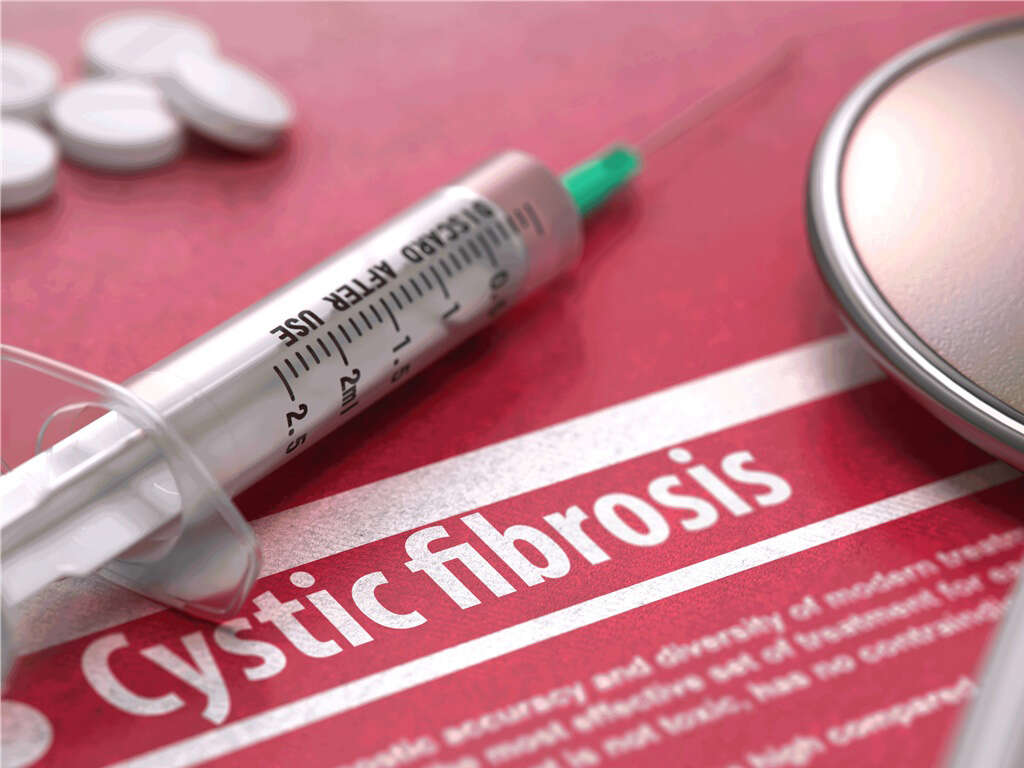What Is Fibrosis?
Fibrosis is a term that refers to the hardening, overgrowth or scarring of tissues. It can occur in numerous areas throughout the body. The condition is the result of persistent inflammation due to infections, autoimmune reactions, chemical intrusions, radiation exposure, allergen responses and tissue damage.
The healthy tissue is replaced or covered with extracellular material such as collagen or proteins. Most of the current treatments for fibrosis diseases treat the inflammation that contributes to the condition. However, there is some indication that this inflammation is actually a necessary process to reverse fibrosis once it is established and to prevent disease progression.1Wynn, T.A. “Cellular and Molecular Mechanisms of Fibrosis.” Journal of Pathology vol. 214, 2 (2008): 199-210. doi: 1002/path.2277
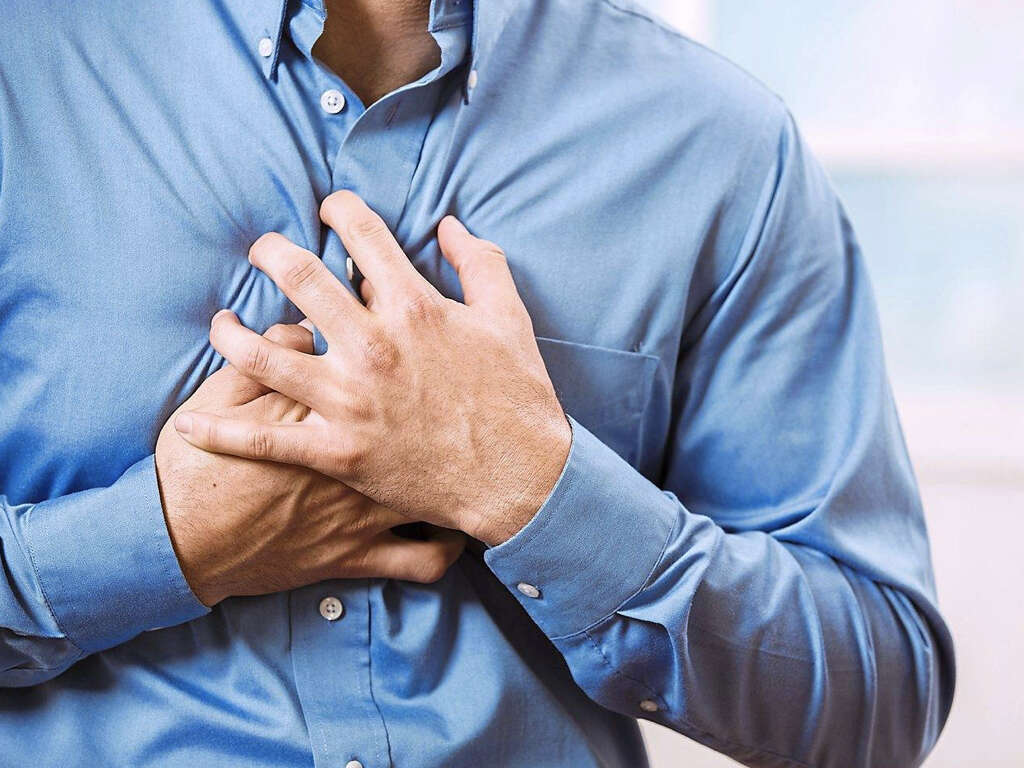
1. What Are the Types of Fibrosis?
The kind of fibrosis is determined by where in the body it occurs. There are uncommon and common forms of the disorder. Some of the less common types include skin fibrosis, scleroderma, bone marrow fibrosis, mediastinal — or lymph node — fibrosis and retroperitoneal cavity fibrosis.
There are three locations in which fibrosis occurrence is found more frequently than those previously listed. Pulmonary fibrosis is the most common of the three. Fibrosis that develops in the liver is called cirrhosis. The last of these common types is cardiac fibrosis.
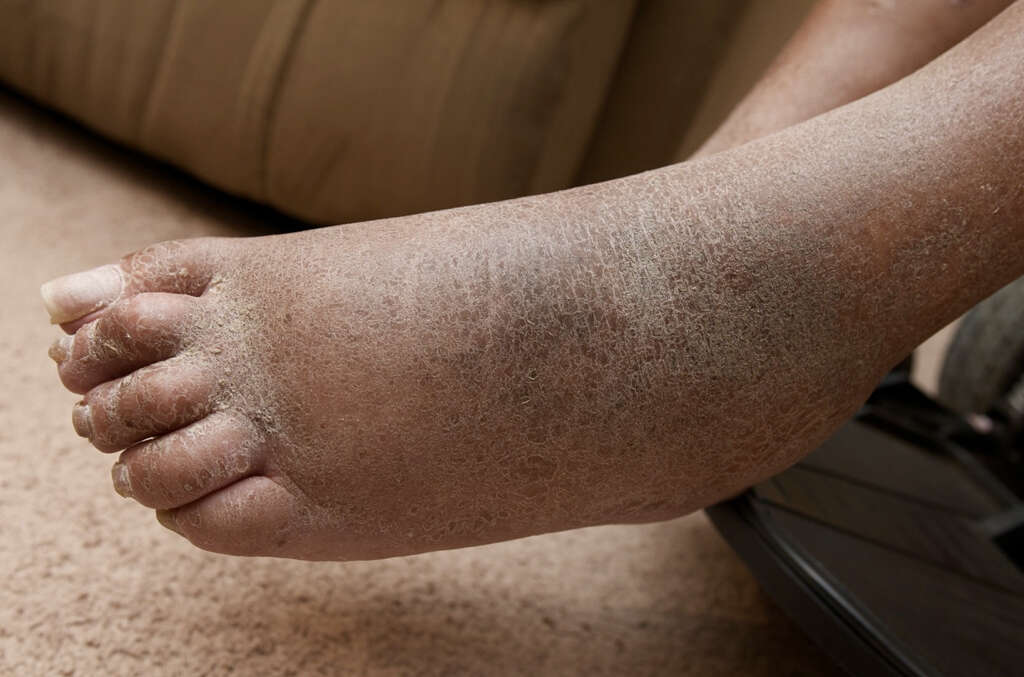
2. What Is Pulmonary Fibrosis?
Person’s diagnosed with pulmonary fibrosis suffer from a lung disorder. This hardening of the lung’s tissue limits the airflow and interferes with breathing. This disease is progressive, so over time, it will worsen and make it increasingly difficult for the lungs to function. The damage cannot be reversed, but medication and therapy help alleviate symptoms.
This type of fibrosis is found more frequently in middle-aged and older adults. Men are more likely to get it than women. People who smoke are at higher risk for the disease, and person’s engaged in certain occupations, such as mining, construction and farming, also likewise endangered. Genetics can also play a role.
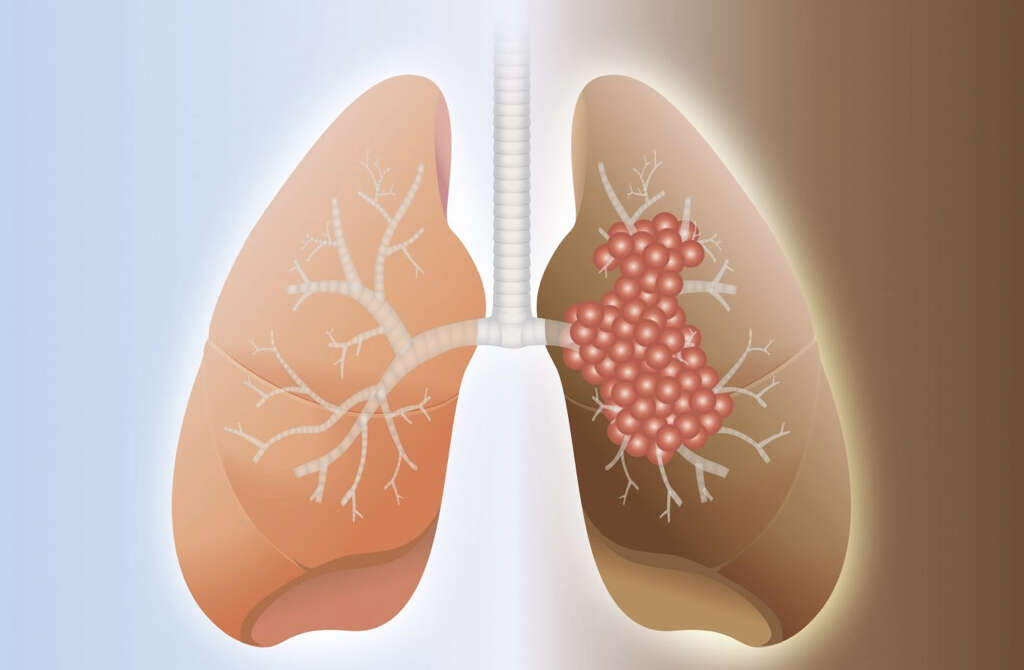
3. What Causes Pulmonary Fibrosis?
Numerous factors can lead to pulmonary fibrosis. Often, the cause is indeterminable. Environmental and occupational conditions are common sources. These can include the persistent presence of silica, coal and hard metal or grain dust. Asbestos fibers and animal droppings can also contribute to the disease.
Certain medical conditions can result in lung damage and lead to pulmonary fibrosis. These include pneumonia, rheumatoid arthritis, systemic lupus erythematosus and sarcoidosis. Radiation treatment for lung or breast cancer can sometimes lead to the disease, and medications such as chemotherapy drugs and heart medications may contribute to the condition.
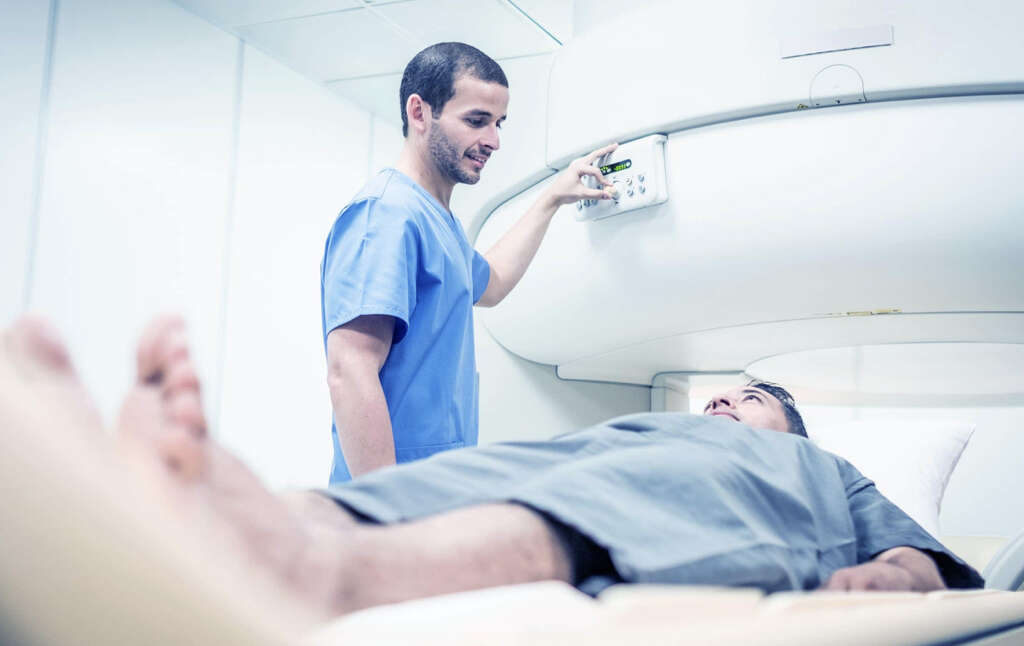
4. What Are the Symptoms of Pulmonary Fibrosis?
The severity of symptoms may vary widely among individuals. Onset can be rapid, or it can progress slowly over time. Shortness of breath is the primary symptom and often the first one people recognize. Acute shortness of breath may result in the need for a mechanical ventilator.
Many person’s with pulmonary fibrosis exhibit a dry cough and find they are easily fatigued even when performing simple tasks. Aching muscles and joints are common. Some people with the disease experience unexplained weight loss and a widening and rounding of the ends of fingers and toes.

5. What Is Liver Cirrhosis?
Cirrhosis of the liver occurs after the organ’s numerous attempts at healing itself results in the scar-tissue buildup. Whenever the liver receives an injury or is damaged, reparations leave behind excess tissues. Over time, this results in increasingly impaired functioning.
Once the scarring is established, the disease is generally irreversible. If progression continues, cirrhosis can turn into a life-threatening disease. However, for those who receive an early diagnosis, it is possible to halt the progression when the cause is effectively treated.
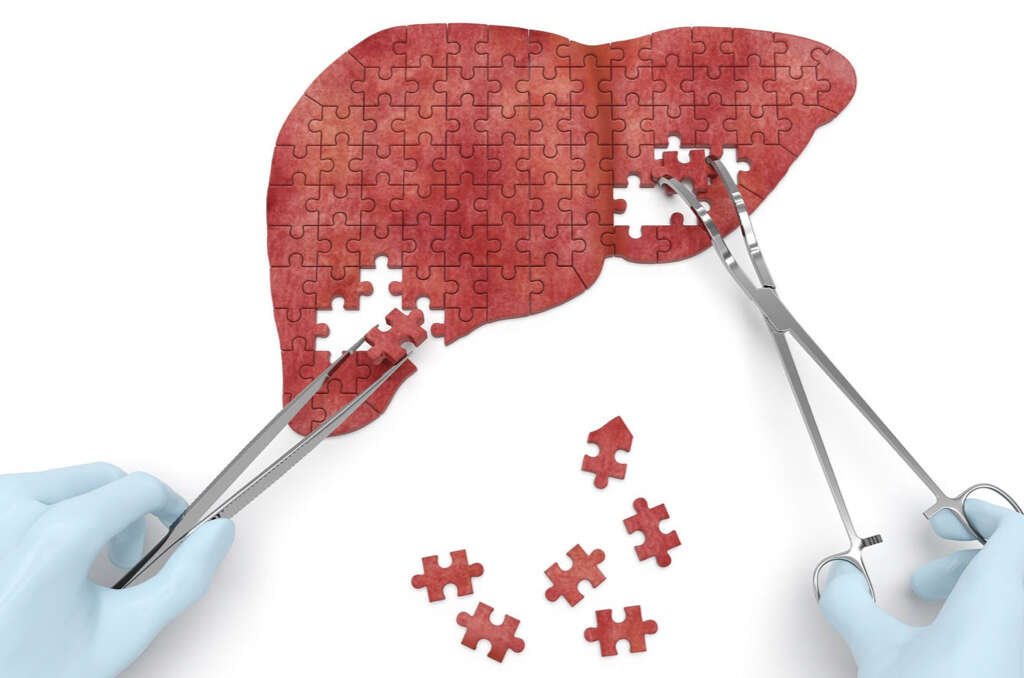
6. What Causes Liver Cirrhosis?
As with pulmonary fibrosis, a number of factors can lead to developing cirrhosis of the liver. One of the primary reasons is chronic excess alcohol consumption. Chronic viral hepatitis — forms B, C or D — is another cause, as are cystic fibrosis and fatty liver disease.
Several less common issues may lead to cirrhosis. Accumulations of heavy metals, such as iron and copper, often contribute to the condition. Irregularities and damage in the liver’s bile ducts may also be responsible for the disease. Genetic factors can play a role as well.
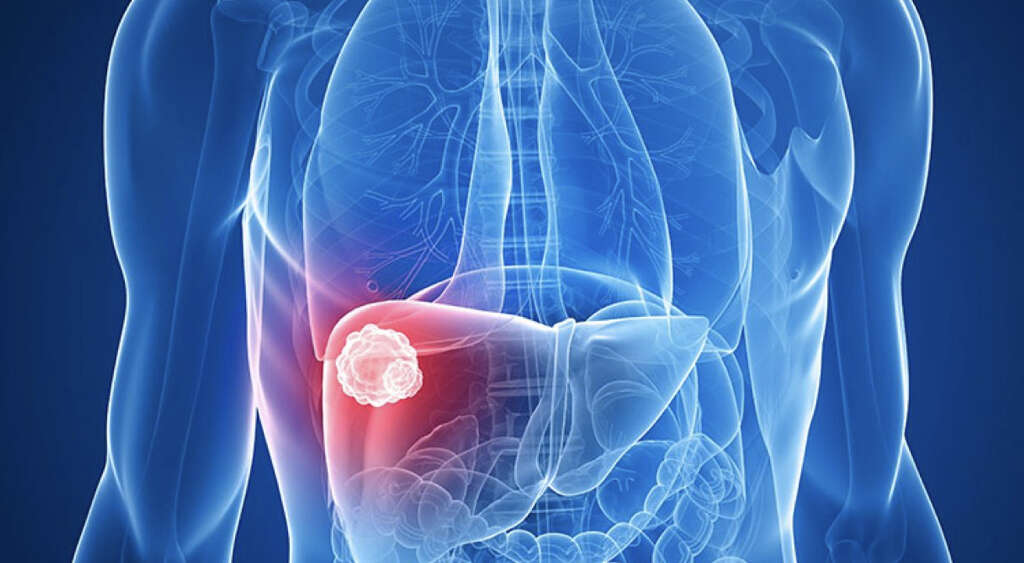
7. What Are the Symptoms of Liver Cirrhosis?
The symptoms of liver cirrhosis do not appear until the disease is in its later stages. This makes early diagnosis a challenge unless the individual is aware that they have a higher risk for the disease. Fatigue, weight loss, decreased appetite and easy bruising, bleeding and swelling of the legs, feet or ankles are common signs.
As the disease progresses, other symptoms can appear. Many individuals develop jaundice, which is a yellowing of the skin. A swollen abdomen is the result of excess fluid buildup. Spiderlike blood vessels may show up on the skin. Women may see unexpected changes to their menstrual cycles, and men may lose their sex drives.

8. What Is Cardiac Fibrosis?
Cardiac fibrosis occurs when heart tissues become hardened or thickened. The condition takes place in nearly all cases of heart disease and failure. Injuries to the heart result in the deposition of proteins from cardiac fibroblasts. As in other forms of fibrosis, the damage is irreversible.
In a healthy heart, cardiac fibroblasts are responsible for maintaining homeostasis, but when the heart receives an injury, these cells transform into another form called myofibroblast. This alteration changes the structure of the valves and contributes to cellular apoptosis.
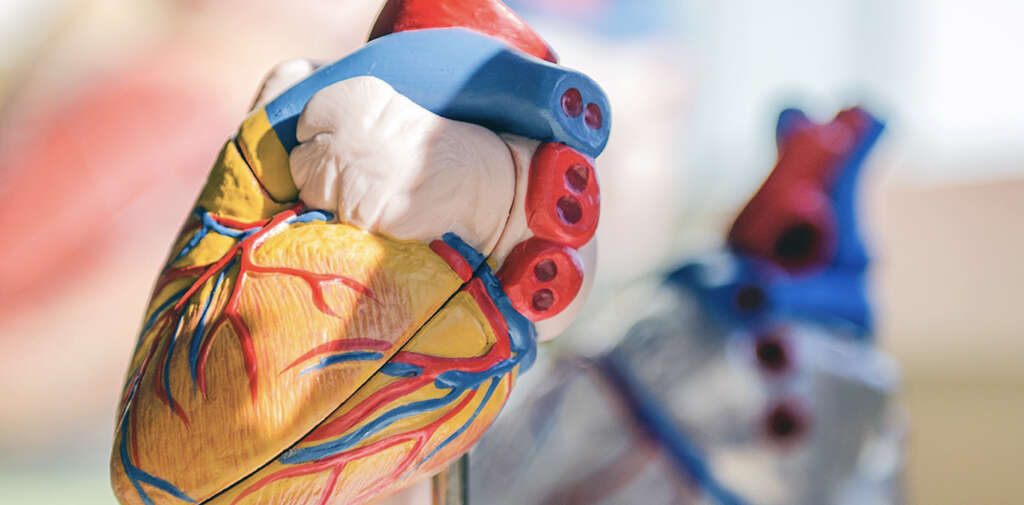
9. What Causes Cardiac Fibrosis?
Any type of damage to the heart can result in cardiac fibrosis. One of the primary causes, however, is a heart attack. When someone has suffered a cardiac infarction, typically only one area of the heart is impacted. It is in this same area where fibrosis occurs.
Almost all other forms of heart disease lead to cardiac fibrosis. Some of the most common include hypertrophic cardiomyopathy, toxic cardiomyopathies, myocarditis and sarcoidosis. Aging and hypertension are other typical reasons for the disease.

10. What Are the Symptoms of Cardiac Fibrosis?
Since heart disease is the primary cause of cardiac fibrosis, those who show symptoms of heart disease are likely to also have fibrosis. Chest discomfort, pressure and pain are three common symptoms. People often experience shortness of breath and tire easily from exercise or day-to-day activities, such as walking up the stairs or cleaning the house.
As the disease progresses, symptoms can spread to other parts of the body due to a decrease in the heart’s ability to effectively and efficiently pump blood through the veins. Cold, weak or numb limbs are signs that not enough blood is reaching the extremities. Fatigue, dizziness, pain in the jaw and heart flutters or racing are not uncommon.





